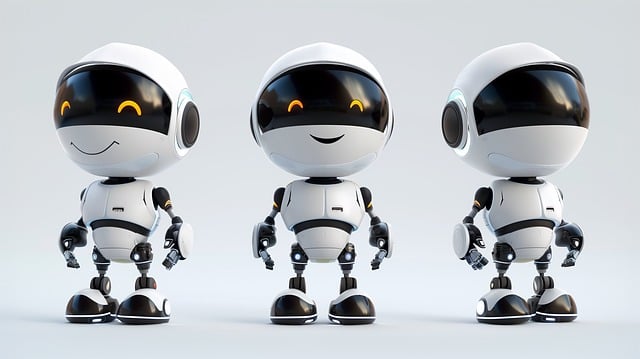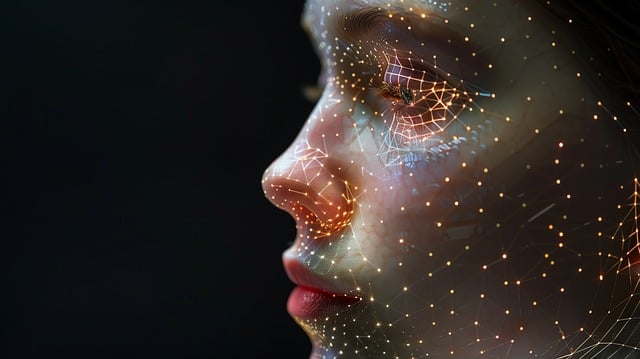Chatbot AI stands at the forefront of artificial intelligence, serving as a pivotal link between humans and machines. The sophistication of these chatbots lies in their proficiency with natural language processing (NLP) and deep learning algorithms like GPT, which enable them to interpret context, carry on complex dialogues, and learn from interactions through iterative feedback mechanisms. To develop such advanced chatbots, programmers must be adept at using languages like Python or JavaScript along with AI libraries and frameworks including TensorFlow or spaCy. The design process involves identifying the chatbot's purpose, audience, and types of interactions, choosing appropriate development platforms like Rasa or Microsoft's Bot Framework, and employing tools such as Dialogflow or IBM Watson Assistant for intent recognition and entity extraction. Post-development, rigorous testing ensures the chatbot's accuracy and responsiveness to a wide range of user inputs, with continuous updates and monitoring post-deployment to maintain alignment with user engagement trends and advancements in conversational AI technology. Enhancements like NLP models BERT and GPT-3 allow for contextually richer conversations, sentiment analysis adds an empathetic layer to interactions, and reinforcement learning combined with multi-turn context management ensure coherent dialogues over time, making chatbot AI an increasingly integral component of conversational interfaces.
Explore the intricacies of creating your own chatbot AI with our comprehensive guide. From foundational concepts to sophisticated techniques, we demystify the process in three clear sections: ‘Understanding Chatbot AI Fundamentals’ lays the groundwork for chatbot functionality and design principles. Then, our ‘Step-by-Step Guide to Developing a Chatbot with AI’ provides actionable insights for building your chatbot from the ground up. Finally, ‘Advanced Techniques for Enhancing Chatbot AI Performance and User Experience’ delves into optimizing your bot’s capabilities and ensuring user satisfaction. Whether you’re a developer or a business owner, this article equips you with the knowledge to harness chatbot AI effectively.
- Understanding Chatbot AI Fundamentals
- Step-by-Step Guide to Developing a Chatbot with AI
- Advanced Techniques for Enhancing Chatbot AI Performance and User Experience
Understanding Chatbot AI Fundamentals

In the realm of artificial intelligence, chatbot AI stands as a significant innovation, bridging the gap between human users and machine interaction. To construct an effective chatbot, it’s imperative to grasp the fundamentals of AI that underpin this technology. At its core, a chatbot AI is designed to process natural language inputs from users and generate meaningful responses using algorithms and predefined rules. The sophistication of these bots varies, with some relying on simple decision trees to navigate interactions, while others employ advanced machine learning techniques, including natural language processing (NLP) and deep learning models like GPT (Generative Pre-trained Transformer). These AI disciplines enable chatbots to understand context, manage complex conversations, and learn from interactions to improve over time. Understanding the principles of AI, such as how machine learning algorithms are trained on large datasets to recognize patterns and learn from them, is crucial for developing a chatbot that can handle a wide array of user queries effectively. Additionally, integrating these AI components within a chatbot framework requires knowledge of programming languages like Python or JavaScript, and familiarity with AI libraries and tools such as TensorFlow or spaCy. This technical foundation sets the stage for creating chatbots capable of delivering personalized experiences, automating customer service, and enhancing user engagement across various platforms and applications.
Step-by-Step Guide to Developing a Chatbot with AI

To initiate the development of an AI-powered chatbot, one must first conceptualize its purpose and the scope of its interactions. This foundational step involves defining the target audience, understanding their needs, and determining the types of conversations the chatbot will handle. With this clarity, selecting a suitable platform for building the chatbot becomes easier. There are various frameworks available; for instance, Rasa Open Source is a popular choice for those with programming expertise in Python, while Microsoft’s Bot Framework caters to developers familiar with C#.
Once the platform is chosen, the next phase is designing the chatbot’s conversational flow using a combination of Natural Language Processing (NLP) and machine learning algorithms. This involves scripting intents, entities, and dialogues that guide the chatbot through different conversation paths. Utilizing AI chatbot services like Dialogflow or IBM Watson Assistant can streamline this process by providing intuitive interfaces for intent recognition and entity extraction. After training the model with sample dialogues and refining its responses to mimic human-like interactions, testing becomes crucial. Engage in thorough testing to ensure the chatbot responds accurately to a wide range of user inputs. Iterate based on feedback to enhance its performance, accuracy, and ability to handle edge cases. Finally, deploy your AI chatbot across channels where your audience is most active, whether it’s a website, social media platforms, or messaging apps. Continuously monitor its interactions to make improvements, ensuring that your chatbot evolves with user engagement and adapts to the ever-changing landscape of conversational AI.
Advanced Techniques for Enhancing Chatbot AI Performance and User Experience

In the realm of conversational AI, the quest for advanced techniques to enhance chatbot AI performance and user experience is paramount. To achieve this, developers often leverage natural language processing (NLP) technologies that are powered by machine learning algorithms. By implementing state-of-the-art NLP models like BERT or GPT-3, chatbots can understand context better, leading to more coherent and relevant conversations with users. Moreover, continuous learning mechanisms allow these AI systems to improve over time, adapting to new vocabulary, slang, and user preferences, thereby providing a consistently evolving user experience.
User engagement is further maximized through the integration of sentiment analysis, which enables chatbots to detect and respond appropriately to the emotional tone behind user queries. This nuanced understanding of human emotions allows for more empathetic interactions, making the AI seem more personable. Additionally, employing a combination of reinforcement learning and multi-turn context management can significantly enhance the chatbot’s ability to maintain a coherent line of dialogue across multiple interactions. By doing so, chatbots can deliver a smoother conversational flow that is indispensable for applications ranging from customer service to personal assistance.
In conclusion, building a chatbot AI requires a solid understanding of its foundational elements, a systematic approach to development, and advanced techniques to optimize performance and user experience. By following the steps outlined in this article, from grasping the basics of chatbot AI fundamentals to applying sophisticated methods for enhancing your bot’s capabilities, you can create an effective and interactive tool that serves your users efficiently. The journey to developing a successful chatbot AI is both rewarding and dynamic, as the field continues to evolve with new advancements. Whether you’re starting out or refining an existing system, the insights provided here will guide you towards crafting a chatbot AI that can handle a wide array of interactions, making it an invaluable asset for any platform or business aiming to leverage conversational AI technology.
